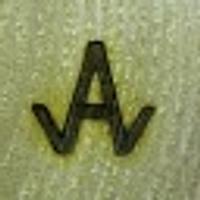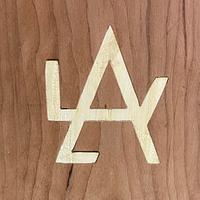
BB1
in about 3 years
Filling small knots and voids
Here's a few of the spots I want to address
44 Replies
Ryan/// ~sigh~ I blew up another bowl. Moke told me "I made the inside bigger than the outside".
Some guys will pack the voids with sawdust, then add thin CA across the top to permeate the dust. I think this probably works just fine too, and maybe keeps you from glueing your fingers together! If you do this, something the liquid of the CA will settle the dust down a little and it’ll recess a bit into the void, leaving a hollow that needs to be addressed before sanding back.
I use the medium for this because the thin is SO thin it finds ways to leak out of the wood sometimes. Anyway, that’s what I do. I’m sure there are a hundred YouTube videos too!!
Ryan/// ~sigh~ I blew up another bowl. Moke told me "I made the inside bigger than the outside".
I will also use Gorks Goodfilla if I don’t have sawdust handy. They have a variety of colors, but I generally buy the neutral in a bag (the powder lasts forever as long as you don’t get it wet) and then mix dyes to get a match, but sawdust and CA will be a good match (a little darker than the wood, usually) with less fussing around.
May you have the day you deserve!
I can't find the pics, but I did post it as a project over at the other place.
There's roosters laying chickens,and chickens laying eggs... John Prine
--Nathan, TX. Hire the lazy man. He may not do as much work but that's because he will find a better way.
*TONY ** Denver * ALWAYS REMEMBER TO HAVE FUN
Ryan/// ~sigh~ I blew up another bowl. Moke told me "I made the inside bigger than the outside".
Ryan/// ~sigh~ I blew up another bowl. Moke told me "I made the inside bigger than the outside".
I don’t use accelerator with medium or thick CA because that will bubble it out of the void, and mean more work.
Yes, the accelerator will cause the CA to bubble, but with sawdust and thin CA, it’s mostly set immediately and the accelerator just sets any drips that ran across the surface so I don’t put my hand in it.
May you have the day you deserve!
--Nathan, TX. Hire the lazy man. He may not do as much work but that's because he will find a better way.
Mike
I was cutting dovetails in some oak this morning, and ran into a void like you have, plus some punky wood. Thin CA to the rescue. I soaked it into the end grain where the wood was punky, and that firmed it up some. Also filled the void using the sawdust from cutting the dovetails and then soaked it with the thin CA and a zap of accelerator. Looks good as new. No photos though, since I was making good progress.
Fun thing was that I got the CA fumes / smoke coming out of the punky end-grain. There was something in there that was causing the CA to set almost instantly, similar to what happens if you dribble it into aluminum powder or baking soda (check out Adam Savage’s superglue video for more fun).
May you have the day you deserve!
May you have the day you deserve!
I've been watching several videos on CA and I think I'll be ordering some of the Starbond. I saw a recommendation to store it in the refrigerator. Is that suggestion for when it has been opened? I am a bit worried to order as it is super hot here in Missouri right now and I doubt I'll find it locally. Would exposure to high temperatures in shipping impact the product?
















